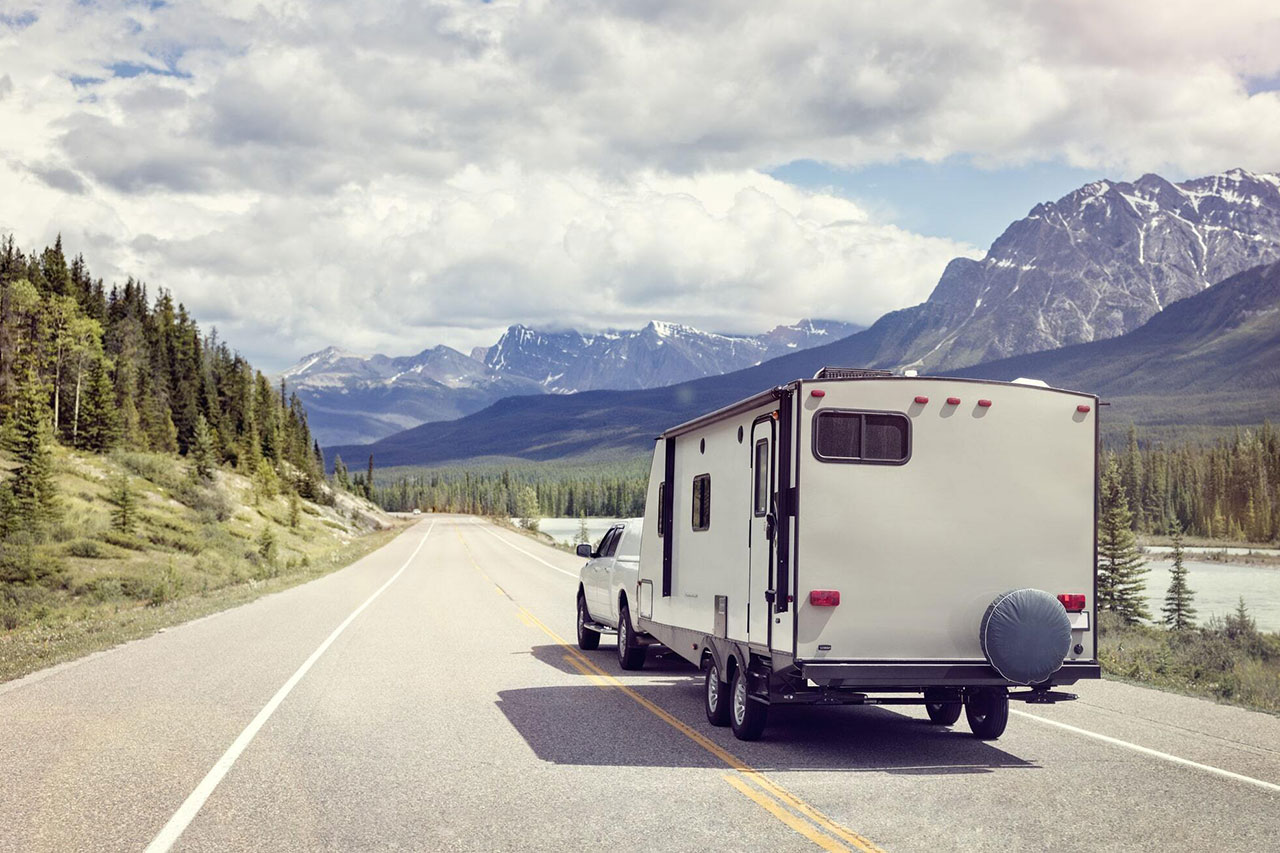| CALL US TODAY! | Mississauga (905) 625-4664 |
5170 Dixie Rd Mississauga, ON L4W 1E3 |
• | Scarborough (416) 299-4960 |
48 Continental Place Scarborough, ON M1R 2T4 |
SITE MAP |
Understanding weight distribution
When towing a heavy load, like a camper, horse trailer or boat, it’s important to understand weight distribution. Improper weight distribution can lead to accidents and injuries. Here’s what you need to know about weight distribution to stay safe while towing.

Dangers of improper weight distribution
When towing a heavy load, the weight increases at the back of your vehicle. This pressure at the back of the vehicle decreases the weight on the front wheels, causing them to lift. This change in weight distribution can make the vehicle more difficult to handle, as your front tires won’t have adequate grip on the road for proper steering and braking.
The same goes for the trailer — added weight on the front can cause the rear wheels to lift. This combination causes trailer sway, where the trailer sways from side to side in its lane as you drive down the highway. Trailer sway is dangerous, stressful and exhausting for the driver.
Gross trailer weight versus tongue weight
To better understand weight distribution, you must know two important terms: gross trailer weight and tongue weight.
Gross trailer weight is the weight of the entire trailer, including cargo, water and fuel. Tongue weight is the weight that’s placed directly on the trailer hitch. The tongue weight should be between 10 and 15 per cent of the gross trailer weight for safe towing.
For instance, if your trailer has a gross weight of 2,000 kilograms, the tongue weight should be between 200 and 300 kilograms. Anything outside that range can lead to trailer sway. You can purchase a special scale to accurately measure tongue weight.
How to control weight distribution
You can install the following devices to help distribute the trailer weight evenly on your vehicle’s axles, resulting in a smoother ride:
• Weight distribution systems use spring bars attached to your vehicle’s hitch and tongue to distribute weight evenly between the tow vehicle’s axles. It’s best to use a weight distribution system if the trailer’s weight is at least 50 per cent as heavy as the towing vehicle or if the rear of your vehicle sags when the trailer is hitched up.
• Sway control bars attach to your trailer’s tongue and have a secondary ball mount on the towing vehicle. They use friction to brace the hitch system and hold the trailer in a straight configuration with your truck. You can use a sway control bar on its own or with a weight distribution system to maximize stability and control.
Towing hitches and truck accessories in the Greater Toronto Area
Hitch City specializes in towing and trailer hitch equipment and truck accessories, including weight distribution hitches. We also sell sport racks and bike carriers. Contact us today to speak with one of our towing experts.
